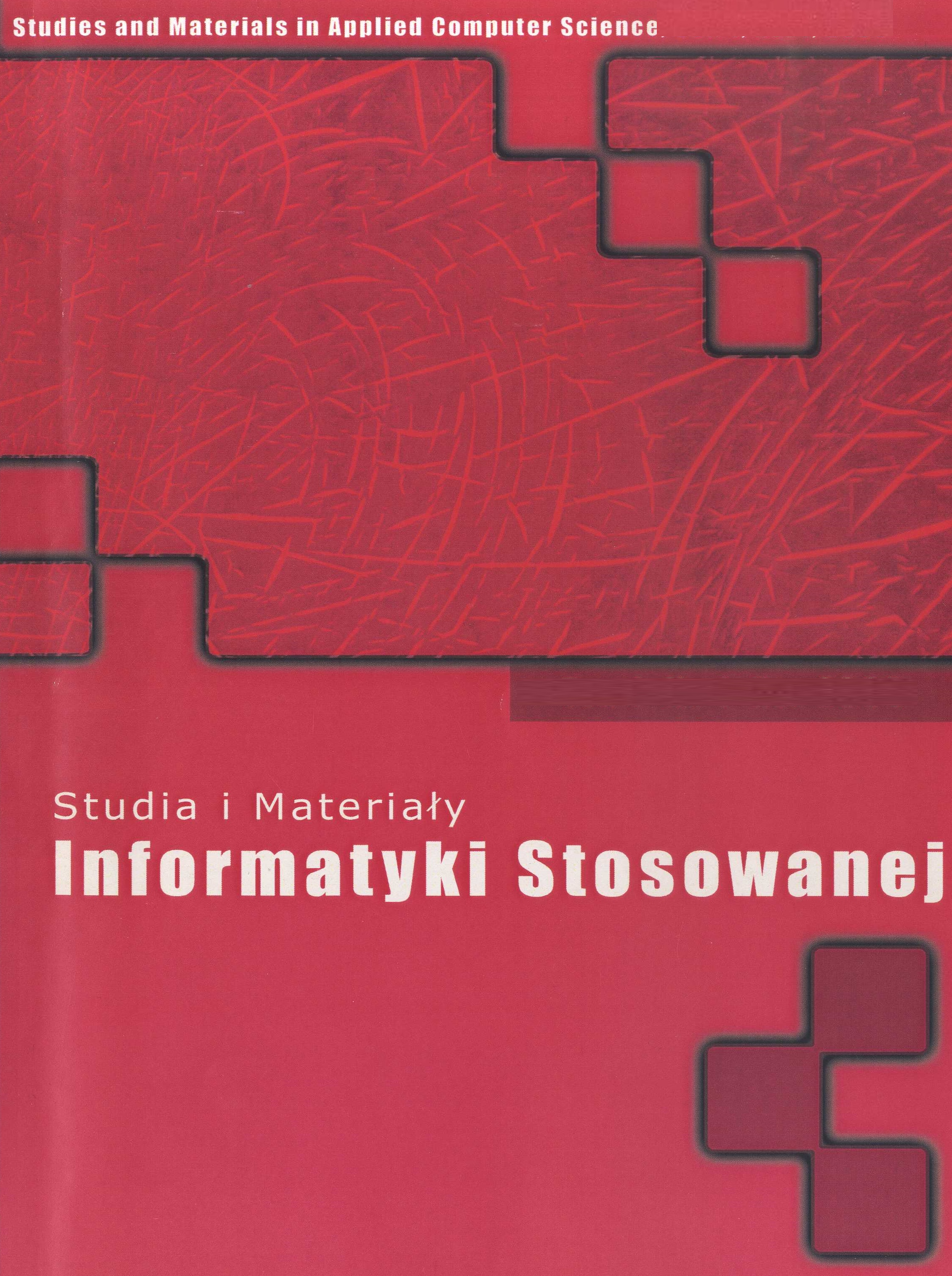Multicriteria analysis of the results of a burnout survey
DOI:
https://doi.org/10.34767/SIMIS.2022.03.05Keywords:
computer science; computational models; multi-criteria analysis; job burnout; job stressAbstract
The aim of this study on multi-criteria analysis of job burnout is to fill an existing research gap, bringing an element of novelty and enabling a near comparison with other analytical methods used to assess job burnout. The concept of using the MCA in the analysis of occupational burnout outcomes appears useful and effective. The MCA acts as a useful computational tool in this case. It can be effectively applied in the area of job burnout and work-related stress, where single-criteria methodologies produce uncertain results, are debatable or may be considered ineffective, because the factors (organisational, social, environmental and other) relevant for proper assessment and decisionmaking cannot be expressed in terms of objective values or are expressed linguistically. Further research using fuzzy logic may bring the next step in the development of the proposed method towards a holistic approach.
References
Jaszczak A., Pochodyła E., Kristianova K., Małkowska N., Kazak J.K. Redefinition of Park Design Criteria as a Result of Analysis of Well-Being and Soundscape: The Case Study of the Kortowo Park (Poland). Int J Environ Res Public Health. 2021;18(6):2972.
Chi G, Ho HC. Population stress: A spatiotemporal analysis of population change and land development at the county level in the contiguous United States, 2001- 2011. Land use policy. 2018;70:128-137.
Mikołajewski, D.; Prokopowicz, P. Effect of COVID-19 on Selected Characteristics of Life Satisfaction Reflected in a Fuzzy Model. Appl. Sci. 2022;12:7376.
Prokopowicz, P.; Mikołajewski, D. Fuzzy Approach to Computational Classification of Burnout—Preliminary Findings. Appl. Sci. 2022;12:3767.
Fabisiak L., Szczypiór-Piasecka K., Budziński, Ziętek P. Zastosowanie metody wielokryterialnej do analizy diagnostycznej pacjenta z chorobą zw yrodnieniową stawu biodrowego. Studia Informatica Pomerania 2016; 4(4):15-25.
Becker J., Budziński R. (2015). Transformation of knowlege suorces in decision support system. journal of automation. Mobile Robotics & Intelligent Systems, 2015; 9(2):28–36.
Lexer M., Vakic H. Multiple criteria decision making in natural resource management, Lecture notes. Wien: Universität für Bodenkultur 2007.
Kopacz T. Zespół przewlekłego zmęczenia jako problem terapeutyczny. Sztuka Leczenia 2014; 3-4:45-54.
Zielińska D., Szmit S. Zespół przewlekłego zmęczenia a zespół przetrenowania. Kardiologia po Dyplomie 2009; 8(11):64-74.
8. Lu, G., Wang, H., Mao, X. (2010). Using ELECTRE TRI Outranking Method to Evaluate Trustworthy Software. In: Xie, B., Branke, J., Sadjadi, S.M., Zhang, D., Zhou, X. (eds) Autonomic and Trusted Computing. ATC 2010. Lecture Notes in Computer Science, vol 6407. Springer, Berlin, Heidelberg. https://doi.org/10.1007/978-3-642-16576-4_16
Mikołajewska E., Mikołajewski D. Roboty rehabilitacyjne. Rehabil. Prakt 2010; 4:49-53.
Mikołajewska E., Mikołajewski D. Zastosowania automatyki i robotyki w wózkach dla niepełnosprawnych i egzoszkieletach medycznych. Pomiary Automatyka Robotyka 2011; 15(5), 58-63.
Mikołajewska E., Mikołajewski D. Ethical considerations in the use of brain-computer interfaces. Central European Journal of Medicine 2013; 8(6):720-724.
Värbu K, Muhammad N, Muhammad Y. Past, Present, and Future of EEG-Based BCI Applications. Sensors (Basel). 2022 Apr 26;22(9):3331.
Macko, M., Szczepański, Z., Mikołajewski, D., Mikołajewska, E., Listopadzki, S. The Method of Artificial Organs Fabrication Based on Reverse Engineering in Medicine. In: Rusiński, E., Pietrusiak, D. (eds) Proceedings of the 13th International Scientific Conference RESRB 2016. Lecture Notes in Mechanical Engineering. Springer, Cham 2017. https://doi.org/10.1007/978-3-319-50938-9_36.
Rojek I, Mikołajewski D, Dostatni E, Macko M. AIOptimized Technological Aspects of the Material Used in 3D Printing Processes for Selected Medical Applications. Materials. 2020; 13(23):5437.
Mikołajewska E., Mikołajewski D. Informatyka afektywna w zastosowaniach cywilnych i wojskowych. Zeszyty Naukowe/Wyższa Szkoła Oficerska Wojsk Lądowych im. gen. T. Kościuszki 2013; 2: 171-184.
Daher K., Saad D., Mugellini E., Lalanne D., Abou Khaled O. Empathic and Empathetic Systematic Review to Standardize the Development of Reliable and Sustainable Empathic Systems. Sensors 2022; 22(8):3046.
Rojek I., Mikołajewski D., Dostatni E. Digital twins in product lifecycle for sustainability in manufacturing and maintenance. Applied Sciences 2021; 11(1):31.
E Mikołajewska Normalized gait parameters in NDTBobath post-stroke gait rehabilitation. Open Medicine 2012; 7(2):176-182.
Kamiński W.A., Wójcik G.M. Liquid state machine built of Hodgkin-Huxley neurons-pattern recognition and informational entropy. Annales Universitatis Mariae Curie-Sklodowska, sectio AI–Informatica 2015; 1(1):1-7.
Wójcik G.M., Garcia-Lazaro J.A. Analysis of the neural hypercolumn in parallel pcsim simulations. Procedia Computer Science, 2010; 1(1):845-854.

